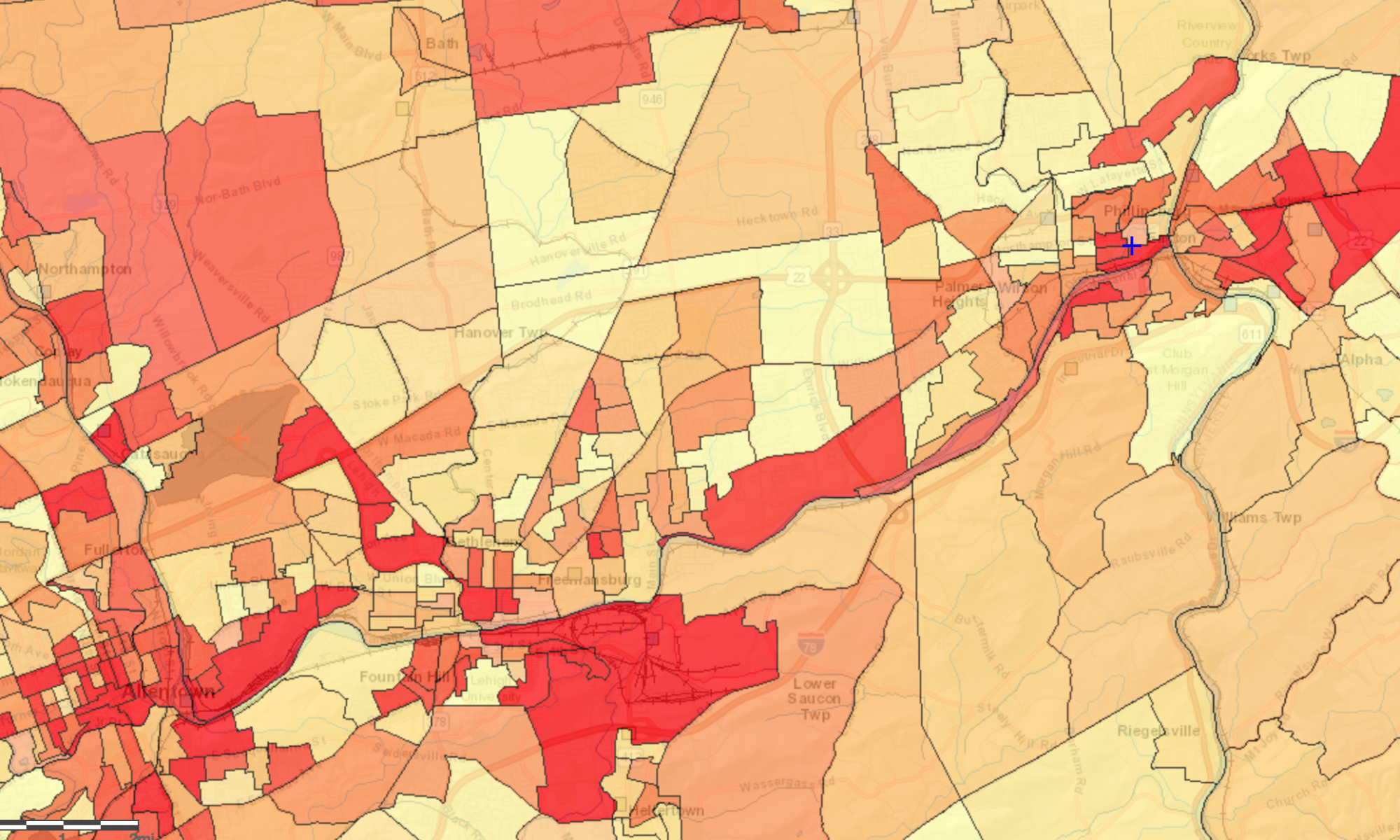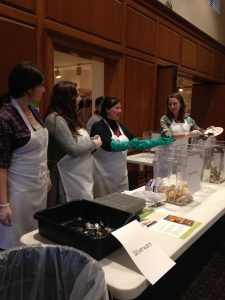Source Reduction: reducing the food surplus
What has been done so far:
- Campus dining halls reduce the food they produce by cooking vegetables in batches, removing trays from the dining halls, which cuts consumer waste by as much as half, and reducing serving utensil size (“Lafayette Dining Service’s Sustainable Practices”, 2017).
- “Weigh the Waste,” a study of individual food waste in Lafayette’s dining halls, was done to raise awareness of how much students throw out each meal. Hopefully this study encouraged students to try to lower that number once they realized how significant it was.
- Local sourcing by LaFarm creates a stronger connection between the food source and distributor. The communication between the two enables reduced food surplus since they can accommodate for the production and needs of one another more effectively.
More information on Dining Service’s sustainable practices: https://sustainability.lafayette.edu/bon-appetits-sustainable-practices/
Students work with Sarah Edmonds from LaFarm to weigh the food that their fellow students throw out after eating
Next Steps:
- Information on food waste needs to be made readily available to students, either through dining services, the sustainability office, or both.
- The reduction of food waste must be prioritized over convenience. In a pluralist approach, students should be challenged to mind the source of their food and to limit their individual food waste. Students should also push dining services further to reduce their food waste.
- Expand LaFarm so that it provides a greater quantity of Lafayette’s food.

